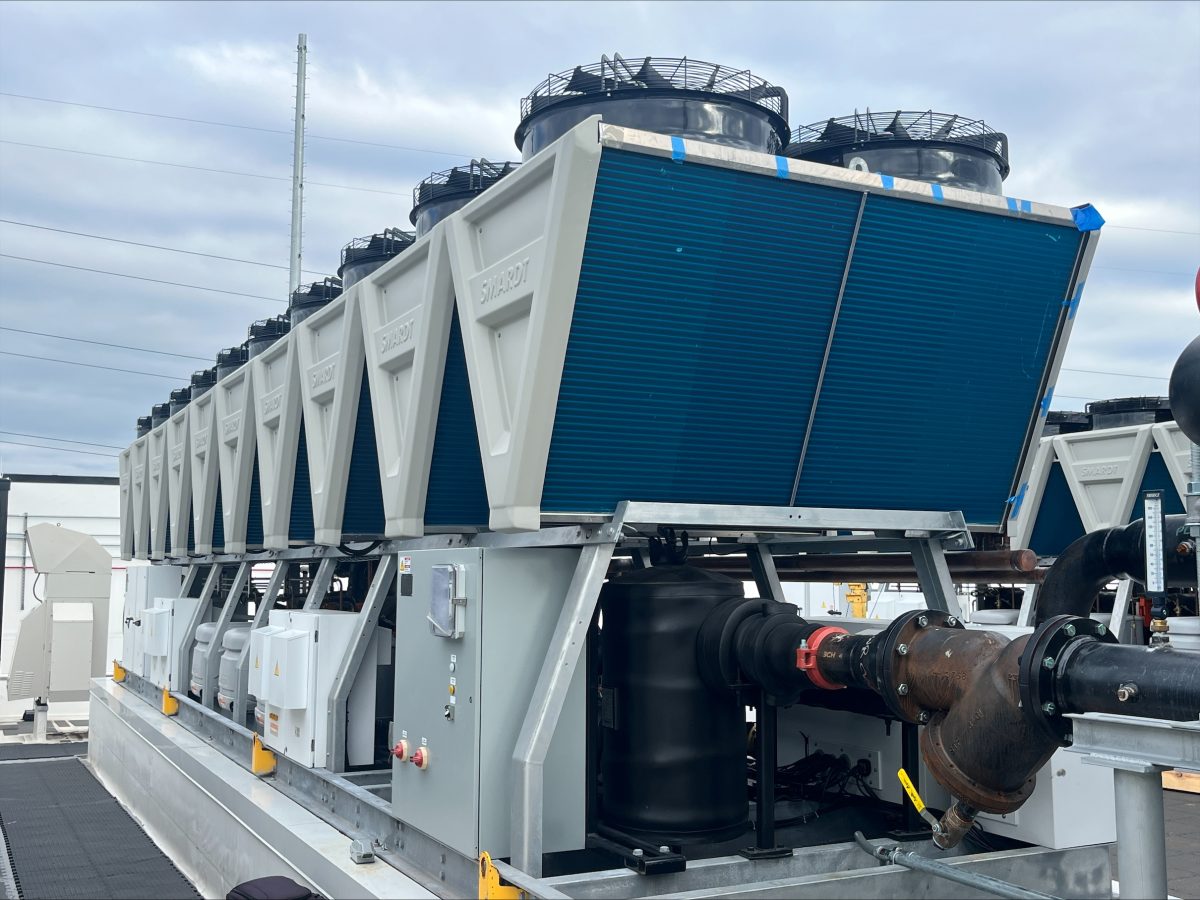About RED Rochester
Eastman Business Park (EBP), located in Rochester, New York is a 1,200-acre R&D and manufacturing campus with over 16 million square feet of multi-scale manufacturing, distribution, lab and office space. There are currently almost 110 companies onsite.
The Park’s immense manufacturing infrastructure—including the private utilities and onsite water and wastewater management system—is a competitive advantage for its high-use tenants.
RED’s utility offerings include: electricity, four different pressures of steam, chilled water, nitrogen, compressed air, potable water, industrial process water, demineralized water, high purity water, fire protection water, natural gas, and industrial wastewater treatment with precious metals recovery through a Title V/RCRA permitted multiple hearth incinerator.
Client | Red Rochester LLC |
Location | Rochester, New York |
Industry | Energy |
Application | Energy Plant |
Product | Phase – 1 2000 TR water-cooled
Phase – 2 225 TR air cooled with free-cooling Phase – 3 3200 TR water cooled Phase – 4 3600 TR water cooled |
The Challenge and reason for selecting Smardt
RED evaluated and considered several chiller technologies and manufacturers for this project.
Ultimately the decision was made based upon the total package of capacity and turndown, efficiency, reliability and redundancy.
At the time of selection, Smardt was the only manufacturer capable of constructing a single 2000 TR oil-free type machine. All others were limited to about 1000 TR at the time. As such, the specified design was converted from two chillers to a single chiller with five compressors
At RED, the load is quite dynamic, and turndown is very important. Being able to operate this unit over a wide load range provided the flexibility of staging and running the entire system more efficiently, including the old steam chillers.
Conclusion
Smardt’s energy efficiency was above and beyond other magnetic bearing chillers over the entire operating range. The V-Class oil-free centrifugal chiller can operate at extremely low condenser water temperatures to achieve world-class kW/TR values during wintertime operating conditions. Other manufacturers would have required costly additional features, tube enhancements, controls upgrades, etc. to approach the efficiencies offered by Smardt.



